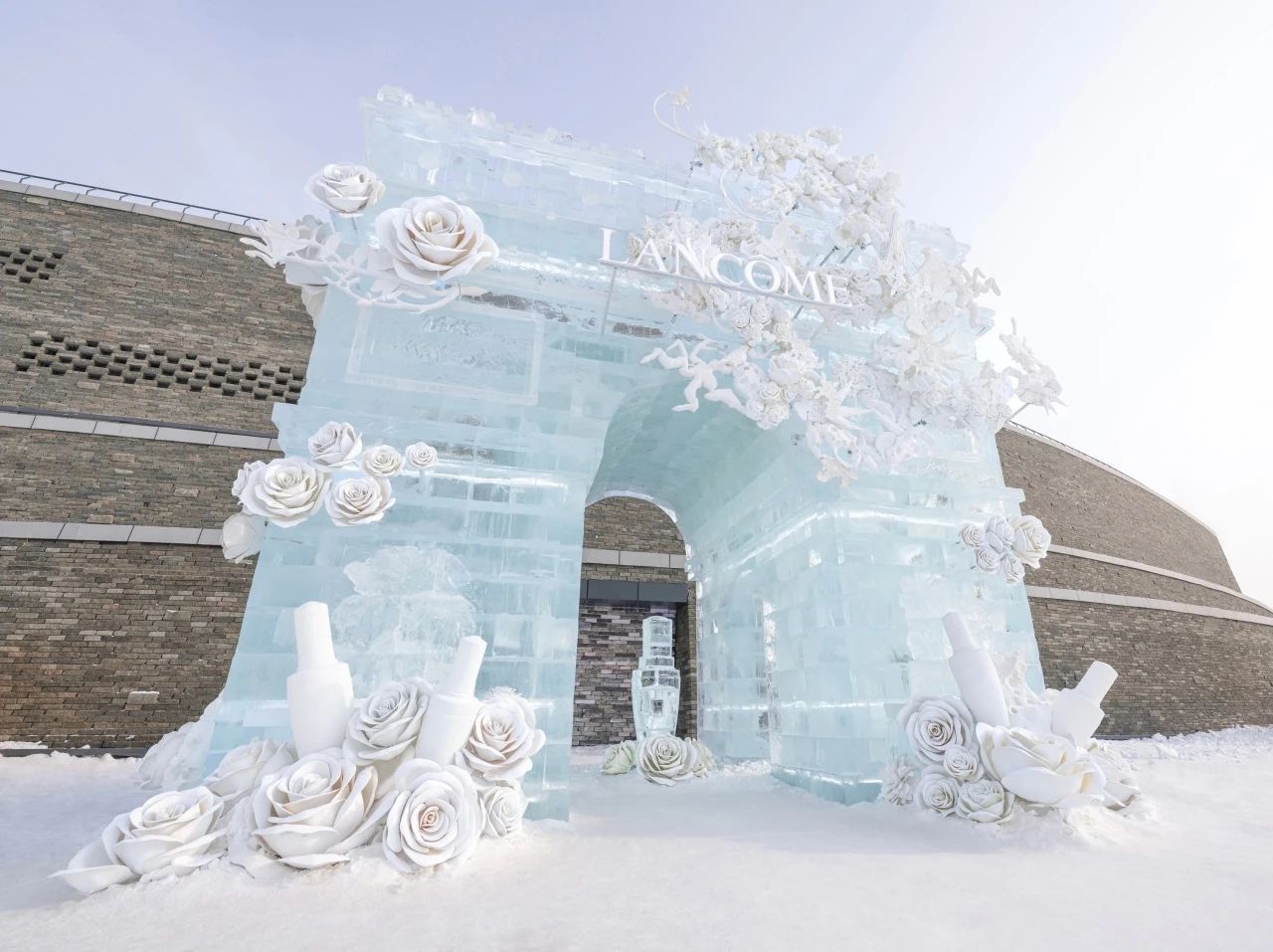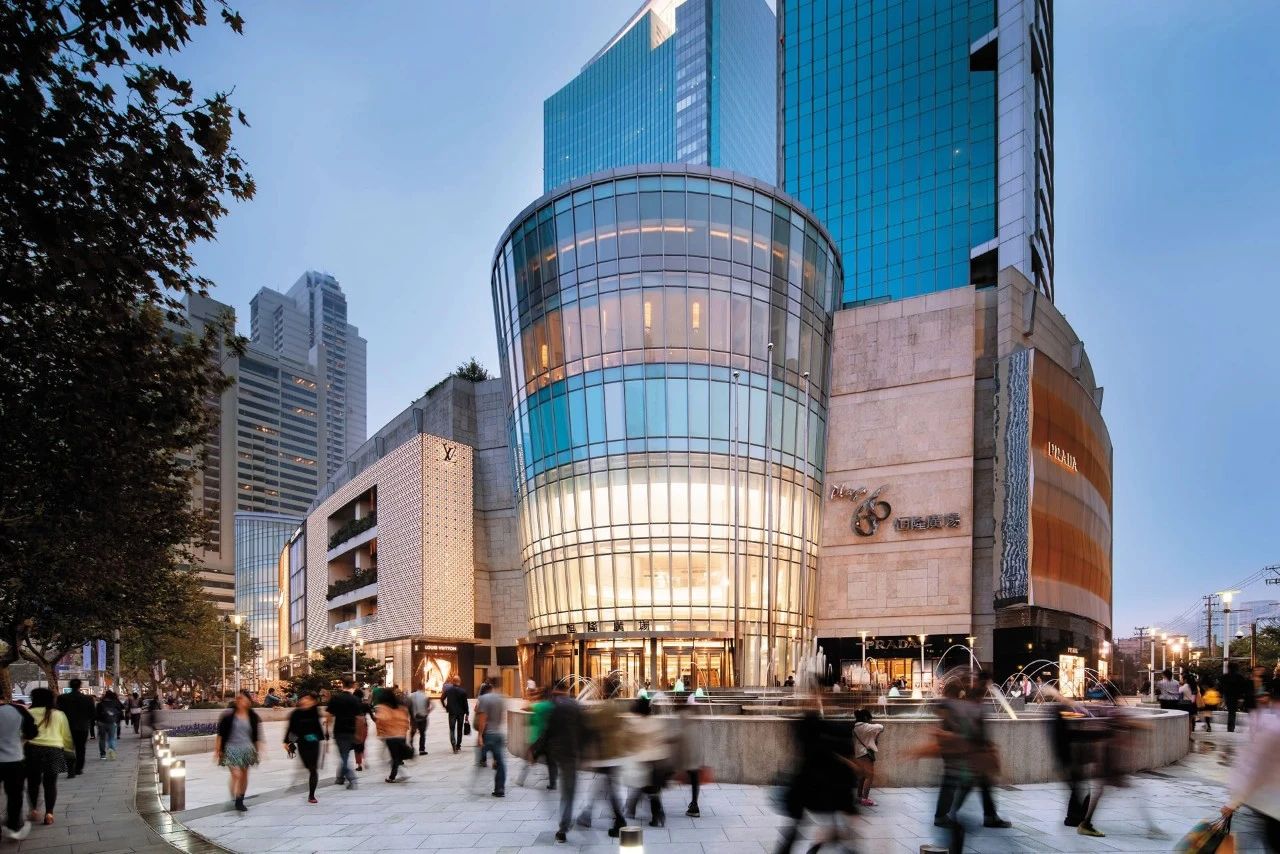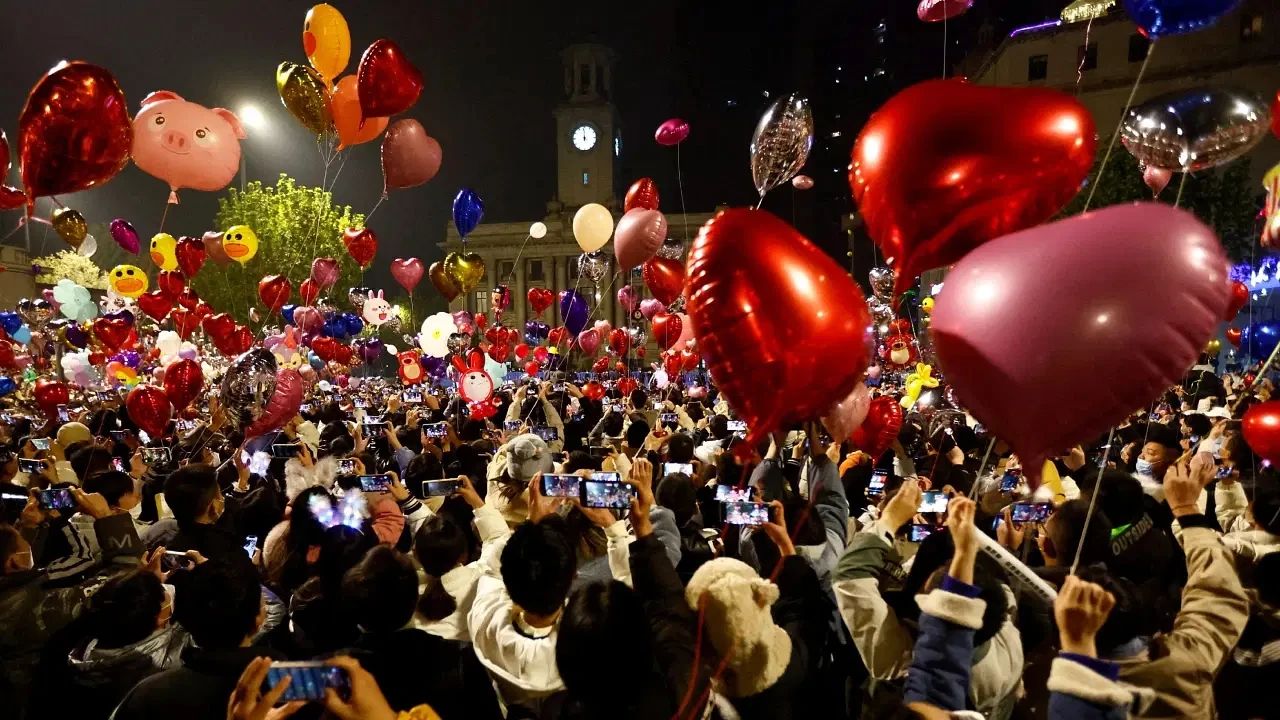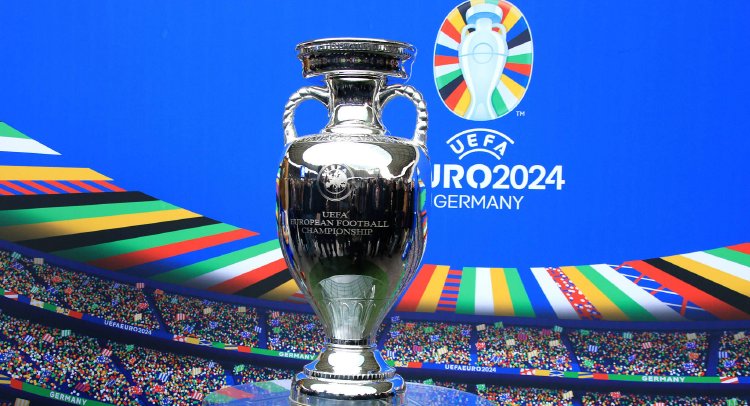During the New Year’s Day holiday that just passed, young people’s holiday ritual consumption triggered a wave of economic boom. Hot springs, skiing, bonfire parties, camping, and “North and South Cities Cross” have all become popular travel trends this year.
Even in the context of low economic growth, young people still spend a lot of money to experience the New Year’s Eve ceremony. A few thousand yuan a night’s homestay was booked up early, and hundreds of yuan of Livehouse and club tickets were also sold out on the night of the New Year.

Photo by: Alter Shanghai
Festival consumption is a window to observe the trend of economic development. What kind of social consumption concept is reflected behind this seemingly “luxury” and diametrically opposed to rational consumption? Can it set the stage for an economic recovery in 2024? If the economic recovery is still fragile, what guidance can young people’s psychology of “decent and frugal” on weekdays, but “splurging” from time to time and spending money on rituals, provide for stimulating domestic consumption?

### From the “Ice and Snow Economy” to Look at the Consumption Demand of Ritual Sense
Cultural travel is often one of the common ritual consumption methods for people to celebrate the New Year’s Eve and New Year’s Day holidays. As the first New Year’s Eve holiday after the official opening, people’s desire for travel has reached unprecedented popularity.
Huatai Securities Research Institute statistics, 2024 New Year’s Day holiday three days national railway/civil aviation passenger traffic reached 44.2 million/5.19 million passengers, compared with the same period in 2023+178/140%. “21st Century Business Herald” shows that in these three days, there were 0.135 billion domestic tourists nationwide, an increase of 155.3 percent over the same period last year, and domestic tourism revenue reached 79.73 billion billion yuan, an increase of 200.7 percent over the same period last year.

Harbin Ice and Snow World Photo Source: VCG
People are eager to stay away from “this moment” and come to “other places” full of freshness, as if they are far away from the usual chicken feathers and trivialities, enriching the multiple experiences of life. Because of this, “North and South cities cross each other” has become a new trend and highlight of consumption on New Year’s Day this year. CCTV News reported that the top three sources of tourists in Northeast China are Guangzhou, Shenzhen and Shanghai. Consumers are most concerned about ice and snow tourism projects such as skiing, skating, and ice sculptures.
Under the catalysis of “ice and snow economy”, Harbin ice and snow world has become the signboard of winter culture and tourism in Northeast China. The scene of “jumping on ice” with 10000 people has aroused the interest of many young people. Adult tickets for Harbin’s Ice and Snow World reached 328 yuan. Even so, there was still a huge crowd in front of the stadium. According to tourists, the queue time for entering the stadium this year started at least 4 hours.

Photo Source: Little Red Riding Book/@ Liu Xinsheng
In order to celebrate New Year’s Day, young people’s ritual consumption ability should not be underestimated. According to data from Tujia Platform, the number of New Year’s Day hostel bookings in Harbin in 2024 increased 27 times compared with 2023. At the same time, the price of accommodation in the region during the New Year is also very large. China Business Daily pointed out that taking the Yaduo Hotel near Harbin Haxi High-speed Railway Station as an example, the room type of 438 yuan per night on weekdays rose to 1661 yuan per night on New Year’s Eve, an increase of 279.22, which is 3.79 times the usual price.
The consumer trend that young people are willing to spend a lot of money on ritual spending has also attracted the attention of the brand. French beauty brand Lancome recently in Harbin Ice and Snow World to create a special New Year art ice sculpture installation, artist Jacky Tsai’s work “Splendid Flower Dragon” will be the Arc de Triomphe and Lancome rose combined, causing netizens to admire.

Image source: LANCOME
Through the consumption boom of the “ice and snow economy”, it is not difficult to find that young people are still willing to pay for the New Year’s Eve ceremony in the face of high ticket prices and high premium accommodation costs. The heat of the New Year’s economy is evident throughout the country. Taking Shanghai as an example, it is reported that during the New Year’s Day holiday, the amount of offline consumption payment in Shanghai was 25.56 billion yuan, an increase of 38.7 percent over the same period last year and 11.7 percent over the same period in 2019.

Photo by Plaza 66
Many people believe that this “steaming” New Year’s Day consumption boom heralds the future economic recovery trend and also bodes well for the recovery of consumption in 2024. However, is this presupposition valid? While we are optimistic, do we still need to remain cautious.

### “Rationality” and “Suixing” Coexist Consumption Trend
Although festival consumption can reflect people’s consumption ability to a certain extent, it is biased to assume that the festival consumption level can be extended to daily life under the blessing of ritual. Therefore, it is better to jump out of the consumption heat of this New Year’s Day and take a bird’s eye view from the overall situation of the current economic market to get a more calm and objective perspective.
In mid-December 2023, the World Bank’s China Economic Bulletin predicted that China’s GDP growth would slow to 4.5 per cent in 2024 and 4.3 per cent in 2025 from 5.2 per cent in 2023. According to the World Bank, this reflects both short-term headwinds and increasing structural constraints, including excessive debt levels, an ageing population and persistent economic imbalances.

Image source: worldbank
At present, the dilemma of China’s low economic growth mainly comes from two aspects, one is the slowdown of market investment, the other is the weak consumer demand, the two deepen each other, making the prospect of economic environment recovery is still very fragile. It is reported that the recession of the real estate economy has led to a sharp decline in real estate investment, with a cumulative decline of 18% in the past two years. At the same time, as the downturn in the housing market lasted longer than expected, consumer confidence and spending power were also affected.

Photo by STR/AFP Via Getty Images
On the whole, despite the hot economy across the New Year, the short-term ritual consumption of young people during the New Year’s Day holiday is not enough to reflect long-term consumption habits. So why is it that on one side is the hot scene of consumer crowding on New Year’s Day, while on the other is the weak status quo of economic slowdown? Seemingly fragmented, in fact, behind this is the consumer groups to deal with the sluggish market environment derived from the new consumer concept-they in their daily consumption more rational at the same time, but also more and more attention to the value of spiritual pleasure, willing to bring spiritual satisfaction of the ritual to pay.
Caixin summed up the consumption attitude of young people as “habitual, decent and thrifty, and profligate from time to time”. This also coincides with the view of Xiao Mingchao, founder and CEO of Zhimeng Consulting Agency. In an exclusive interview with The Paper, Xiao Mingchao believes that “rationality” and “Suixing” are the key words of China’s consumption trend in 2023. “Rationality” is embodied in the “habitual” frugality in daily life, while “Suixing” is the ritual consumption on special occasions such as New Year’s Day holidays.
Image source: VCG
According to the first financial report, under the background of “rational” psychology, young people begin to pursue more and more functional value and emotional value brought by consumption. Because of this, “dopamine economy” has become one of the hot words of consumption in 2023. Paying for happiness and aiming at spiritual pleasure is the part that consumers are more “happy” when spending money.

Image source: VCG
However, what needs to be considered is, in the context of low economic growth, why the key words for consumption in 2023 are “rational” and “casual” instead of all “rational”? This leads us to another question, that is, why does ritual consumption still maintain a high degree of vitality when the overall economic environment is not clear? When we analyze the psychological factors behind it, we may also be able to find an entry point for the growth of consumer demand.

### Behind the ritual consumption is
###
### The value of commodity symbols that are increasingly valued
By “deconstructing” the concept of ritual consumption, we will find that on the one hand, ritual consumption can meet the actual emotional value experienced by young people in real life. For example, southerners can see snow for the first time, northerners can also enjoy flowers in winter, and so on. This fresh experience, which is different from the daily life environment, can undoubtedly bring enjoyment and stimulation to consumers.

Image source: VCG
On the other hand, in the era of developed social media, the transfer of offline life experience to online has become a symbolic social language. We are no stranger to this, such as “the first cup of milk tea in autumn” and other online topics, although there is a certain degree of consumerism advocated hidden in it, but it does grasp the subtle psychology of consumers. Perhaps it is not surprising to drink a cup of milk tea on weekdays, but sharing this seemingly insignificant sense of ceremony with others through social networks also provides a certain degree of spiritual satisfaction for consumers.
For young people, ritual consumption not only satisfies immediate sensory pleasure, but also enables them to share in the social media space and leave commemorative symbols. This symbol, like the LOGO of luxury goods, can leave the most intuitive signal expression when communicating with people. Because of this, some scholars believe that in ritual consumption, what young people consume is actually the symbolic meaning of goods, and the importance of their communication and performance exceeds their function and practical purpose.
In other words, ritual consumption allows young people to express their love of life and future expectations in a tangible entity, rather than an ethereal vision. For example, many young people like to change a new hairstyle at the beginning of the new year. In fact, they express their belief that they want to start “from scratch” in the new year.
Victor Turner, the author of the book “The Forest of Symbols”, once said: “Ritual is a symbolic system full of symbols and meanings… Its meaning is to make beliefs, concepts, values, emotions and spirituality that cannot be directly felt. Become visible, audible, and touchable.”

Image source: VCG
This symbolic meaning is also reflected in the context of the consumption of New Year’s Eve ritual that we are discussing today. New Year’s Eve and New Year’s Day have special symbolic significance for people-the moment of opening the New Year is a symbol of hope by people. The happiness and happiness at that moment is a good sign for opening the new year. People seem to believe that this The positive emotions of the moment can be dispersed throughout the following year. Therefore, it is often what people expect at this special moment to go to some cities that they have no chance to go and experience some activities that they have no chance to experience. Through ritual consumption, people achieve this goal.

Image source: deccanherald
At such moments, the highly condensed symbolic value of capital is precisely the most intuitive desire to share. A sumptuous dinner table represents a happy gathering with friends and relatives, a snowboard represents a trip in the north, and a picture of fireworks represents the countdown to the new year in the street. As Guy DePo puts forward in his book “Landscape Society”, in today’s abstract system of capitalism, more important than the actual use value of goods is its gorgeous appearance and the existence of the display landscape.

Image source: HongKong tourism board
Italian poet Cesare Pavezer has a poem: “We do not remember days, we remember moments.” In recent years, young people have gained a deep resonance. Netizens interpret it as: “Most of the time, people do not live for a lifetime, not for a few years, months and days, but for a few moments.”
From this psychological point of view to understand the current ritual consumption trend, it is not difficult to find that the more young consumers are in the uncertain situation of the overall economy, the more willing to keep those symbolic moments for themselves. Although they are “rational” in their daily consumption, they still have room for themselves. For brands, how to discover and hit the symbolic symbols behind the goods that consumers value may be the key to stimulating consumer demand.

(Source: Vogue Business)













